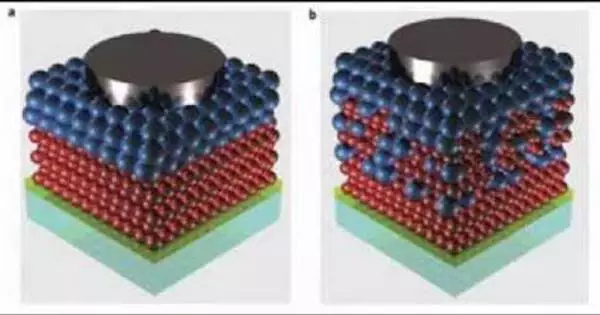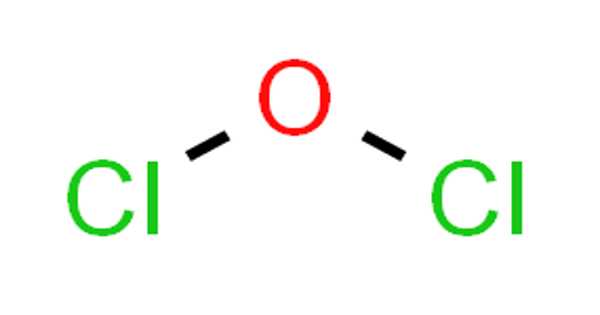Nanocrystal solar cells are solar cells with a nanocrystal coating on the substrate. It is also known as quantum dot solar cells. It is a type of photovoltaic technology that converts sunlight into electricity by using nanoscale semiconductor materials called quantum dots. The nanocrystals are typically made of silicon, CdTe, or CIGS, and the substrates are typically made of silicon or other organic conductors. Because of their size and composition, quantum dots are tiny semiconductor particles with unique electronic and optical properties.
Quantum dot solar cells are a variation of this approach that exploits quantum mechanical effects to improve performance. Another approach is dye-sensitized solar cells, but in this case the nano-structuring is built into the substrate. Traditional solar cells, such as those made of silicon, have efficiency and cost limitations. The quantum mechanical properties of nanoparticles are used to address some of these limitations in nanocrystal solar cells.
Here’s a brief overview of how nanocrystal solar cells work:
- Quantum Dot Absorption: Quantum dots are engineered to have specific electronic properties based on their size. These properties allow them to absorb light at different wavelengths depending on their size, which can be tuned during the manufacturing process.
- Multiple Exciton Generation: One of the unique features of quantum dots is a phenomenon called multiple exciton generation (MEG) or “quantum cutting.” In traditional solar cells, a single photon typically generates one electron-hole pair (exciton).
- Charge Separation and Collection: When a quantum dot absorbs a photon and generates an exciton, the electron and hole are separated due to the built-in electric field within the material.
- Device Architecture: Nanocrystal solar cells often have a layered structure similar to traditional solar cells. They consist of a substrate, a transparent conductive layer, the layer containing the quantum dots, and an electrode layer.
Advantages and Challenges
Nanocrystal solar cells have several potential advantages, including the ability to tune their absorption spectrum, higher efficiency through MEG, and lower manufacturing costs. However, challenges include maintaining the quantum dots’ stability and reliability, achieving competitive efficiencies at larger scales, and addressing toxicity concerns with some quantum dot materials.
Previously, fabrication methods relied on costly molecular beam epitaxy processes, but colloidal synthesis allows for less expensive production. The process of “spin-coating” produces a thin film of nanocrystals. This involves sprinkling a small amount of the quantum dot solution onto a flat substrate, which is then rapidly rotated. The solution spreads uniformly, and the substrate is spun to achieve the desired thickness.
Scientists are working to improve the efficiency, stability, and scalability of nanocrystal solar cells through research and development.















